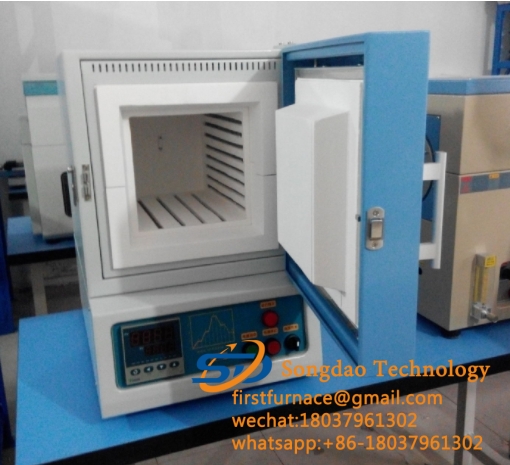- 19
- Dec
मफल फर्नेस हीट ट्रीटमेंट ऑपरेशन प्रक्रिया
मफल फर्नेस हीट ट्रीटमेंट ऑपरेशन प्रक्रिया
मफल फर्नेस हीट ट्रीटमेंट फर्नेस एक व्यापक प्रक्रिया है जिसमें सामग्री को एक निश्चित माध्यम में गर्म, अछूता और ठंडा किया जाता है, और उनके प्रदर्शन को सामग्री की सतह या आंतरिक संरचना को बदलकर नियंत्रित किया जाता है।

मफल फर्नेस की सामान्य प्रसंस्करण विधि:
1: Muffle furnace annealing: refers to a heat treatment process in which metal materials are heated to an appropriate temperature, kept for a certain period of time, and then slowly cooled. Common annealing processes are: recrystallization annealing, stress relief annealing, spheroidizing annealing, complete annealing and so on. The purpose of annealing: mainly to reduce the hardness of metal materials, improve plasticity, to facilitate cutting or pressure processing, to reduce residual stress, to improve the uniformity of structure and composition, or to prepare for the subsequent heat treatment.
2: मफल फर्नेस सामान्यीकरण: ऊपर या (स्टील के ऊपरी महत्वपूर्ण बिंदु तापमान) स्टील या स्टील के हिस्सों को गर्म करने की प्रक्रिया को संदर्भित करता है, इसे उचित अवधि के लिए 30~50 ℃ पर रखता है, और फिर इसे स्थिर हवा में ठंडा करता है। सामान्यीकरण का उद्देश्य कम कार्बन स्टील के यांत्रिक गुणों में सुधार करना, मशीनेबिलिटी में सुधार करना, अनाज को परिष्कृत करना, संरचनात्मक दोषों को खत्म करना और बाद के गर्मी उपचार के लिए तैयार करना है।
3: मफल फर्नेस क्वेंचिंग: स्टील को एसी 3 या एसी 1 (स्टील का निचला महत्वपूर्ण बिंदु तापमान) से ऊपर के तापमान पर गर्म करने के लिए संदर्भित करता है, इसे एक निश्चित अवधि के लिए रखता है, और फिर उचित शीतलन दर पर मार्टेंसाइट (या बैनाइट) प्राप्त करता है। ) संगठन की गर्मी उपचार प्रक्रिया। सामान्य शमन प्रक्रियाओं में नमक स्नान शमन, मार्टेंसाइट श्रेणीबद्ध शमन, बैनाइट ऑस्टेम्परिंग, सतह शमन और आंशिक शमन शामिल हैं। शमन का उद्देश्य: स्टील की आवश्यक मार्टेंसाइट संरचना प्राप्त करना, वर्कपीस की कठोरता, ताकत और पहनने के प्रतिरोध में सुधार करना, और बाद के गर्मी उपचार के लिए संरचना तैयार करना।
4: Muffle furnace tempering: refers to the heat treatment process in which steel parts are quenched and then heated to a certain temperature below, kept for a certain period of time, and then cooled to room temperature. Common tempering processes are: low temperature tempering, medium temperature tempering, high temperature tempering and multiple tempering. The purpose of tempering: mainly to eliminate the stress generated by the steel during quenching, so that the steel has high hardness and wear resistance, and has the required plasticity and toughness.
